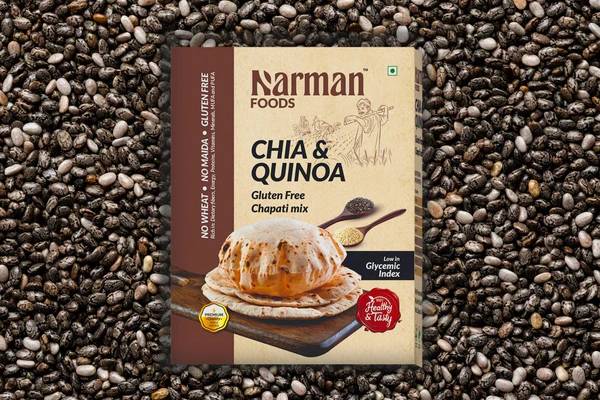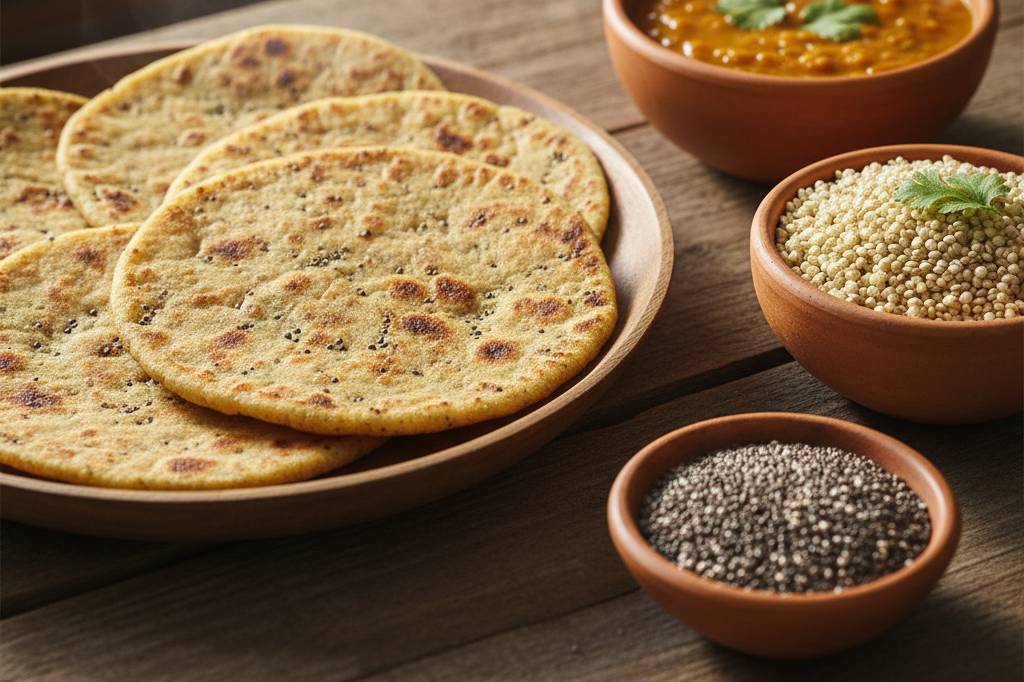Lifestyle diseases such as diabetes, hypertension, obesity, and cardiovascular disease have become some of the biggest health challenges in India today. Unlike infectious diseases, which spread through bacteria or viruses, lifestyle diseases are linked to everyday choices—what we eat, how much we move, how we handle stress, and even our sleep patterns. Among these factors, diet is one of the most powerful contributors—and also one of the easiest to change.
According to the Indian Council of Medical Research (ICMR), India now has more than 100 million people living with diabetes, with another 135 million classified as pre-diabetic. That means nearly one in three Indian adults is at risk. Similarly, heart disease is the leading cause of death, accounting for over 28% of total fatalities in the country. Experts predict that these numbers will continue to rise unless there’s a fundamental shift in how Indians eat and live.
The silver lining? The same plate that causes disease can also help prevent it. Superfoods—nutrient-dense, natural ingredients—are emerging as powerful allies in reducing the risk of diabetes, heart disease, and related lifestyle conditions. By making smarter food choices, we can bring India back to its roots of wholesome, balanced nutrition.
The Link Between Poor Diets and Lifestyle Diseases in India
Traditional Indian diets were once celebrated worldwide. Meals were built around millets, dals, seasonal vegetables, fresh spices, and naturally fermented foods like curd or idli batter. These diets provided a balance of complex carbs, protein, fiber, and beneficial compounds that kept chronic diseases at bay.
However, in the past few decades, urban lifestyles and globalization have changed the way Indians eat. Today, the average diet often includes:
Refined grains: White rice, maida-based breads, biscuits, instant noodles
Excess sugar: Packaged juices, sweets, desserts, and aerated drinks
Deep-fried fast foods: Burgers, samosas, fries, and chips
Highly processed packaged snacks: Containing preservatives, refined oils, and additives
These foods are calorie-rich but nutrient-poor. They provide quick energy spikes followed by crashes, leading to constant hunger, overeating, and long-term health issues. Over time, poor diets contribute to:
Insulin resistance → a major driver of type-2 diabetes
Unhealthy cholesterol levels → clogged arteries and heart disease
Chronic inflammation → linked to obesity, cancer, and metabolic disorders
Weakened immunity → making the body more vulnerable to illness
In short, what we eat daily decides whether our body heals or breaks down.
How Superfoods Can Help Fight Back
Superfoods are not exotic fads—they’re simply foods that offer maximum nutrition in small quantities. Packed with vitamins, minerals, antioxidants, fiber, and healthy fats, they repair the damage caused by poor diets and strengthen the body against disease.
Here’s a deeper look at how superfoods help in fighting diabetes and heart disease:
1. Millets & Quinoa: The Return of Ancient Grains
Rich in fiber and plant protein, millets and quinoa keep you fuller for longer.
They have a low glycemic index (GI), which means they release sugar slowly into the bloodstream, preventing spikes in blood sugar.
Millets like ragi and bajra also contain magnesium and potassium, minerals that regulate blood pressure and protect the heart.
Replacing wheat rotis with millet rotis even three times a week can have visible benefits in stabilizing blood sugar.
2. Chia & Flax Seeds: Tiny Seeds, Huge Benefits
Packed with omega-3 fatty acids, they reduce inflammation and keep arteries flexible.
Soluble fiber in these seeds helps manage cholesterol and slows sugar absorption.
They also improve digestion, preventing constipation and bloating.
A spoonful of chia seeds in water overnight becomes a gel-like drink that balances blood sugar the next morning.
3. Legumes & Lentils: Everyday Protein Powerhouses
Dals, beans, and chickpeas are excellent plant-based protein sources that stabilize energy levels.
Their high fiber content slows digestion and prevents sugar spikes.
They also provide iron and folate, vital for heart and blood health.
Replacing refined carb snacks with roasted chana or sprouts can lower cravings and support weight management.
4. Nuts (Almonds, Walnuts, Pistachios): Healthy Fats for the Heart
Rich in unsaturated fats, nuts reduce LDL (bad cholesterol) and improve HDL (good cholesterol).
They also contain antioxidants like vitamin E, which protect heart tissues.
Walnuts, in particular, support brain and heart health together.
Eating a small handful of nuts daily is far better than consuming fried snacks or sweets.
5. Leafy Greens & Colorful Vegetables: Natural Medicine
Vegetables like spinach, kale, beetroot, and carrots are rich in antioxidants, fiber, and vitamins.
They reduce oxidative stress, which is a major contributor to heart disease.
Greens like methi leaves (fenugreek) are especially beneficial for blood sugar control.
The rule is simple: the more colors on your plate, the healthier it is.
6. Spices: Nature’s Built-In Pharmacy
Indian kitchens have always been filled with powerful healing spices:
Turmeric: Contains curcumin, a natural anti-inflammatory compound.
Cinnamon: Improves insulin sensitivity and lowers blood sugar.
Fenugreek seeds: Reduce cholesterol and blood sugar when soaked overnight.
Unlike processed medicines, these spices have been part of our diets for centuries, proving their effectiveness and safety.
Practical Ways to Add Superfoods to Your Daily Diet
The real challenge is not knowing superfoods—it’s making them a part of our daily habits. Here are practical ideas:
Switch your grains: Replace refined wheat or rice with millet, oats, or quinoa in at least one meal daily.
Start your morning smart: Soaked chia seeds or a handful of nuts with breakfast.
Snack better: Roasted chickpeas, makhana, or a mix of nuts instead of chips or fried snacks.
Add seeds to cooking: Sprinkle flaxseed or chia powder on rotis, salads, or smoothies.
Cook with healing spices: Use turmeric, cinnamon, and fenugreek regularly in curries and teas.
Color your plate: Ensure every meal has greens, pulses, and one colorful vegetable.
Small, consistent steps transform into lifelong protection against disease.
Conclusion: Prevention Starts on the Plate
The burden of diabetes and heart disease in India is heavy—but it doesn’t have to be inevitable. By shifting away from processed, refined foods and embracing nutrient-dense superfoods, we can prevent, manage, and even reverse some of the risks associated with lifestyle diseases.
At Narman Foods, we believe in going back to nature with a modern touch. Our products are crafted with no maida, no wheat, and no additives, ensuring that what you eat truly fuels your health. By bringing together farmer-first sourcing, pure ingredients, and easy-to-use food solutions, we make it simple for you to build a disease-fighting diet every day.
Your health begins with your choices—and the simplest, most powerful choice starts with your plate.




Leave a comment
This site is protected by hCaptcha and the hCaptcha Privacy Policy and Terms of Service apply.